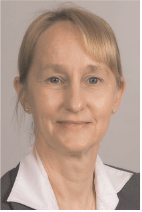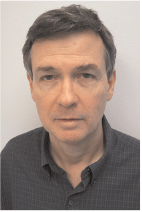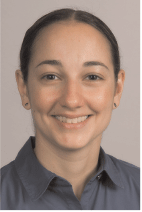Remote monitoring of well site biostratigraphy
Gunilla Gard A , Jason Crux A , Bernard Lee B and Catherine Belgarde AA BHP Billiton Petroleum.
B InnovaPlex Inc.
The APPEA Journal 55(2) 469-469 https://doi.org/10.1071/AJ14104
Published: 2015
Abstract
Real-time well site biostratigraphy monitors the stratigraphic progress of drilling wells and can show if the well is conforming or deviating from predicted stratigraphy; it can also show whether total depth criteria have been met.
New technology implemented by BHP Billiton Petroleum on wells in the Gulf of Mexico make it possible to undertake well site biostratigraphy remotely. An automated microscope has been developed that can scan and photograph nannofossil slides at a quality almost indistinguishable from conventional microscopy. A technician present at the well makes a slide from ditch cuttings and places it on the microscope, where software scans the slide at several focus levels, compresses the files and transfers the images to the office. A biostratigrapher in the office looks at the images and makes taxonomic identifications.
When implemented on the first well, the technology provided immediate results by being the first data acquisition process to recognise that a section was faulted out. Remote well site biostratigraphy also creates a verifiable record, making it possible to quality-control biostratigraphic interpretations; it also frees up space on the rig and improves health and safety for biostratigraphers. Delays in file transfers from the rig to the office are being addressed by reducing the size of the image files by discriminating the fossils from the background.

Gunilla Gard received a PhD in geology from the University of Stockholm. She has worked globally in academia, biostratigraphic consulting and in the corporate petroleum industry. Since 2006, Gunilla has worked for BHP Billiton Petroleum in Houston, Texas, and is responsible for well analysis and regional studies. She has contributed numerous publications in the area of applied biostratigraphy. |

Jason Crux is lead paleontologist at BHP Billiton Petroleum in Houston, Texas. He was awarded a PhD in micropalaeontology from the University College, London. He has worked in Europe, South America and North America for BP, PDVSA, Biostratigraphic Associates (Canada) and BHP Billiton Petroleum. He has undertaken well site biostratigraphic studies on and offshore four continents, guiding numerous successful wells. He has published descriptions of 20 species and five new genera of nannofossils. |

Bernard Lee earned a PhD in cell biology from the University of Texas, Austin. Bernard has worked for various companies in the area of industrial applications of biomedical imaging. In 2002, he founded Bernard Instruments and later InnovaPlex, focusing on developing and creating digital imaging platforms for applications in the petroleum and medical industries. His products include an automated fluid analysis system and imaging of petrographic thin sections. Bernard holds several patents. |

Catherine Belgarde is a geologist at BHP Billiton Petroleum. She received a master’s degree in structural geology from the University of California, Los Angeles. Before BHP Billiton, she worked as an exploration geologist at ExxonMobil Exploration Company from 2007 to 2013. Her main interest is in understanding the tectonic processes of basin formation and evolution. |
References
Beaufort, L., and Dollfus, D. (2004). Automatic recognition of coccoliths by dynamical neural networks. Marine Micropaleontology 51, 57–73.Scarparo Cunha, A. A., Bastos, A. L., Mauricio, H. P., and Paciornik, S. 2005—Telemicroscopy System for Calcareous Nannofossil Analyses. Geologic Problem Solving with Microfossils, Houston, Texas, 6-11 March. Abstracts, 67.
Suchéras-Marx, B., Giraud, F., Mattioli, E., Gally, Y., Barbarin, N., and Beaufort, L. (2014). Middle Jurassic coccolith fluxes: A novel approach by automated quantification. Marine Micropaleontology 111, 15–25.


